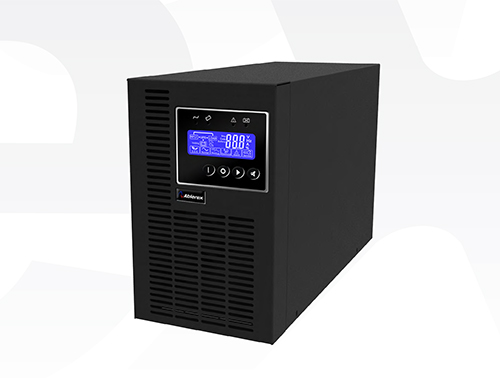What is a UPS?
UPS stands for uninterruptible power supply. It’s a device that allows your computer to keep running for a while longer, even when the primary power source is lost. It contains a battery that is activated when power is lost. It also provides protection from power surges.
When you are working on the computer, loss of power will cause any data in your computer’s random access memory (RAM) to be erased. With a UPS, you are notified of any power loss. The energy in the UPS gives you a little more time to save your data and exit the programme before power runs out altogether. When power surges occur, a UPS intercepts the surge so it doesn’t damage your computer.
You can download software that automatically backs up data on which you’re working when the UPS is activated.
Source: TechTarget


Why do I need a UPS?
Normally, computers can tolerate slight changes in power. But large changes could cause the computer’s power supply to fail. A UPS protects your computer and work against three main power problems:
- Voltage surges and spikes – These are caused by lightning or other devices in the facility. The result is a sudden increase in voltage that could seriously damage computers and electronic equipment. Such events have been found to occur up to 600 times every year.
- Voltage sags – These are caused by excessive demand on the utility which causes the power level to drop.
- Total power failure – The most dramatic power event results in a complete power outage. Studies reveal this happens 7-14 times every year.
These problems have short and long-term consequences. In the short term, you could face loss of critical data, interrupted transactions and stress to your hardware that could lead to premature failure.
In the long run, you could face a backlog of work, loss of productivity, deterioration of customer service, interruption to critical processes, loss of transactional data, loss of market share, damage to your company’s reputation, missed deadlines, damage to equipment and frustration.


